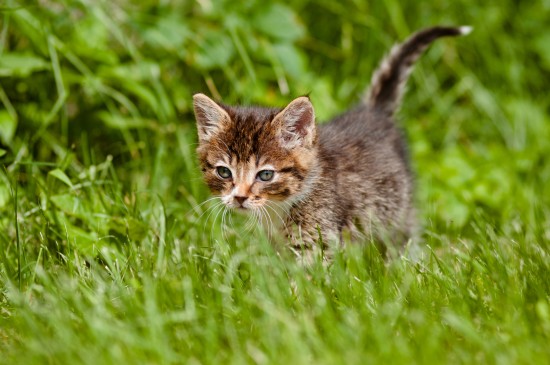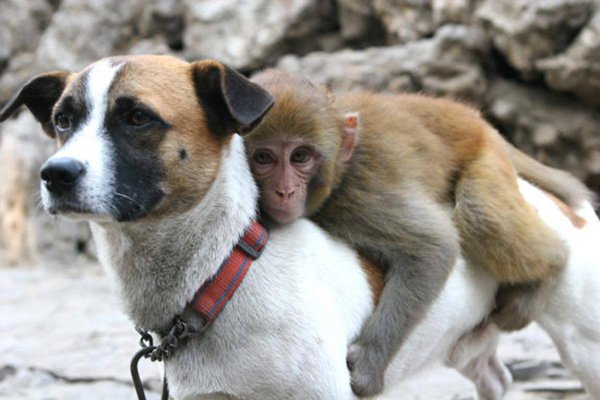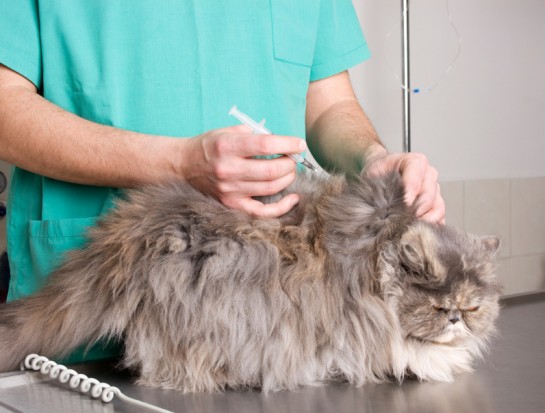

Exposure to pesticides and the range of harmful toxins and poisons that they contain is a risk for cats and dogs at any time of the year, but spring and summer, when many families grow and cultivate plants and go to work in the garden, can be one of the riskiest times for the unsuspecting pet and owner.
Pesticides come in many different forms, fulfil many important uses and are contained in a wide range of products that many of us are unaware of, and can pose a danger to cats and dogs that come into contact with them. While the vast majority of pets live out their entire lives without ever falling foul of illness due to pesticide exposure, nevertheless, every year a range of different animals become sick from exposure to pesticides, which in great enough quantities or if left untreated, can sadly prove fatal.
Read on to learn more about pesticides, what type of products contain them, and how to keep your cat or dog safe and minimise the risk of potential exposure.
Pesticides are compounds classed as biocides, which are chemical products or microorganisms that deter, neutralise or kill parasites or pests. Pesticides have many important uses, some of which are actually beneficial to cats and dogs; such as when they are included as the active ingredient in spot on flea treatments, or as a topical application to treat mites and lice. Pesticides are most widely used in gardening and agriculture, where they play an important role in protecting desirable crops and plants from invaders such as weeds, bugs, worms and other nasties that can decimate plants and crops. Because pesticides contain active ingredients that are aimed at incapacitating or destroying parasites, they can also affect the health of other animals, including cats, dogs and even people if ingested or exposed to great enough quantities.
As well as the potential of pesticide exposure from contact with pesticides that have been administered to crops and green areas and public spaces, many of the products that we commonly use in the home and garden contain pesticides too.
Products to deter ants, slugs and other bugs commonly contain pesticides, and should be used with extreme caution in gardens or homes where pets roam. Weed killers for plants and to treat grass also contain pesticides, as do sprays and preparations of various types that are intended to kill bugs such as greenfly and aphids on plants and flowers. Sometimes, even products such as bark chips and fertilizers for plants and flowers will have an inbuilt pesticide compound too.
One big pitfall to avoid when buying any products for the home or garden is to assume that anything labelled as “environmentally friendly” or “green” is going to be pesticide-free. This is rarely the case! Check the ingredient listings and any warnings of any new products you bring into your garden or home carefully, and be on the lookout for ingredients including carbamates and organophosphates, as these active ingredients can have a harmful effect on pets if ingested, suppressing the nervous system and potentially leading to fits, tremors and poisoning.
Taking care over what you actually bring into your home and garden is an important part of reducing the chances of your pet’s exposure to pesticides, as is storing any products containing pesticides carefully out of your pet’s reach. You should also pay some mind to the environments outside of the home that you might walk your dog in, and find out if any compounds containing pesticides are used on the grassy areas, fields or country walkways that you take your dog to.
Whenever you come back from a walk to an unknown area, it is wise to give your dog a rinse or wipe off, to avoid them later licking their coats and paws and potentially ingesting any toxic compounds that they have picked up along the way. Generally this poses a very low risk to dogs in low quantities, but toxins can build up in the system, increasing the risk of illness over time.
It is unusual for pets such as cats and dogs to directly ingest products containing pesticides out of choice, but there are many other potential paths of exposure. Eating plants or grass that has been exposed to pesticides is a more common means of transmission, and even picking up sticks or toys that have lain in an area treated with pesticides poses a small risk too.
Walking or playing on ground that has been treated with pesticides is the most common means of exposure, as the toxins can rub off onto the coat of a cat or dog, which may then later be ingested through normal licking and grooming.
Ingesting pesticides in large enough quantities to cause sickness usually presents itself with clear and acute symptoms within a few hours of exposure.
Be on the lookout for signs of generalised sickness including vomiting and diarrhoea, lethargy and abdominal discomfort. Pesticides act on the nervous system of pets, and so pesticide poisoning is often accompanied with joint stiffness, tremors or seizures. If you identify any of these symptoms in your pet, you should contact your vet as a matter of urgency. If you know or suspect the source of the toxin or pesticide that your pet has ingested, you should retain this and take it along to the vet as well, as this can speed up the diagnostic process and help to identify the most effective way to treat the pet in question.
 What Should A Puppy Health Guarantee Cover?
What Should A Pup
What Should A Puppy Health Guarantee Cover?
What Should A Pup
 Immunization and quarantine directives when importing dogs into Singapore
Immunization and quarantine directives when importing dogs
Immunization and quarantine directives when importing dogs into Singapore
Immunization and quarantine directives when importing dogs
 7 Lovable Short-legged Dog Breeds
7 Lovable Short-l
7 Lovable Short-legged Dog Breeds
7 Lovable Short-l
 Teaching Puppies About Cats
Teaching Puppies
Teaching Puppies About Cats
Teaching Puppies
 Diabetes Mellitus In Cats
Diabetes Mellitus
Diabetes Mellitus In Cats
Diabetes Mellitus
Copyright © 2005-2016 Pet Information All Rights Reserved
Contact us: www162date@outlook.com